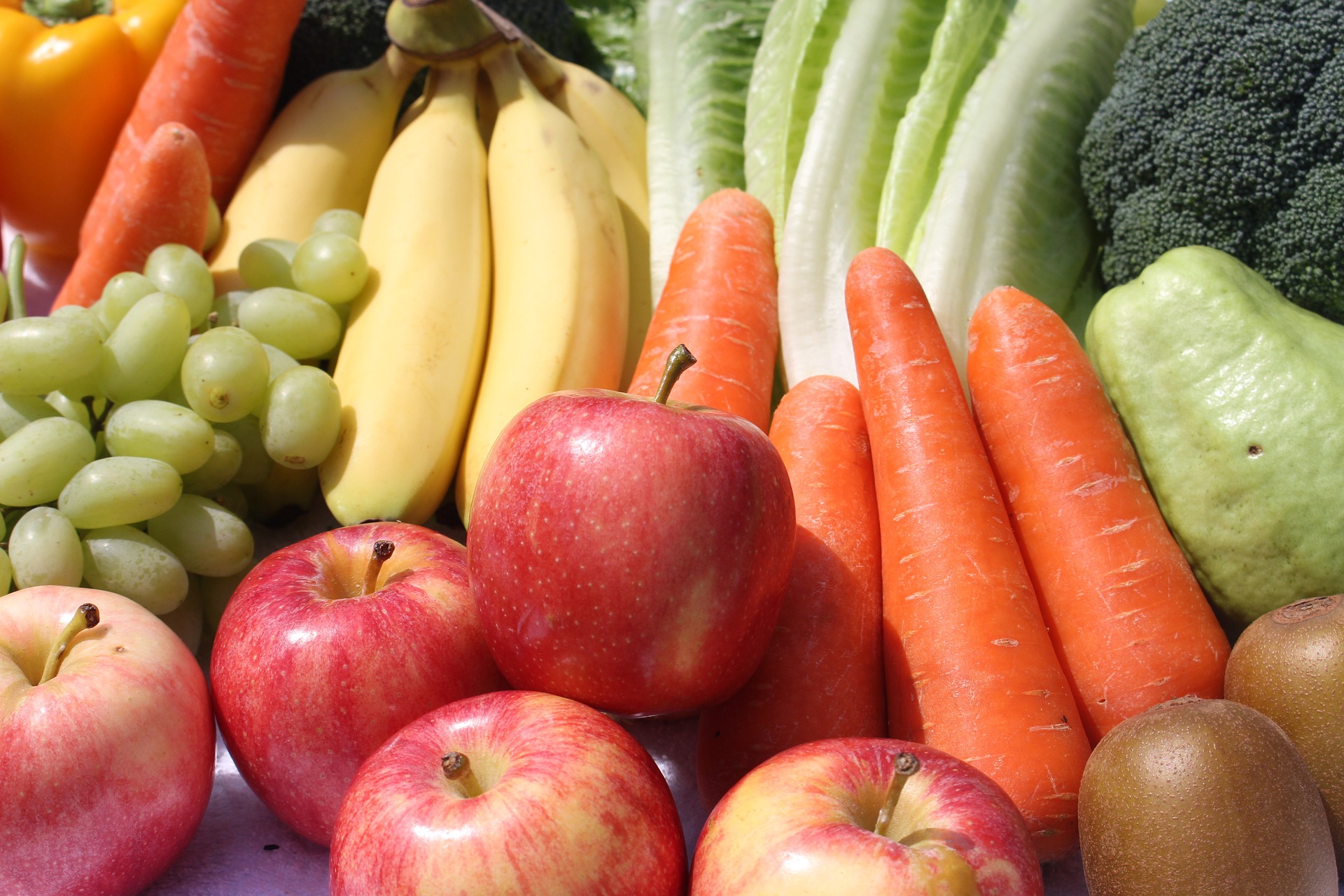Health Stars were developed by the Australian Federal Government to provide an “at-a-glance overall rating of the healthiness of the food product.” Essentially, the more stars a food product receives, the healthier it is for you. The food manufacturers themselves are responsible for using a provided calculator to determine an accurate rating. This system is voluntary and the following types of foods are not expected to display the Health Star rating label:
- Fresh, unpackaged foods such as fruit and vegetables
- Alcoholic beverages
- Infant and toddler formula
- Certain condiments and spices
- Tea and coffee
- Single-ingredient foods that are not intended to be eaten without further preparation, such as flour
- Any other foods where a Nutrition Information Panel is not required.
The rating system is based on three factors:
- Energy
- Risk nutrients such as saturated fat, salt and sugar
- Positive nutrients such as dietary fibre, protein, and the proportion of fruit, vegetable, nut and legume content
Special Considerations
The intention of the Health Stars is not necessarily to pick one type of snack over another based on the star rating, but to compare two like products to make the healthier decision.
Example: You are going to the supermarket to buy breakfast cereal. There are two options on the shelf: one is a popular variety marketed towards children, the other is marketed towards adults for its health benefits.
The children’s cereal has a higher Health Star rating.
How is this possible? The Health Stars let you know that despite marketing, the adult brand does not necessarily provide more health benefits.
Another consideration is the fact that a lot of the most nutritious foods will not have a rating at all.
If we look back at the list of foods that are not expected to display the rating label, we notice that fresh fruits and vegetables will not have a rating. This is potentially misleading to consumers.

